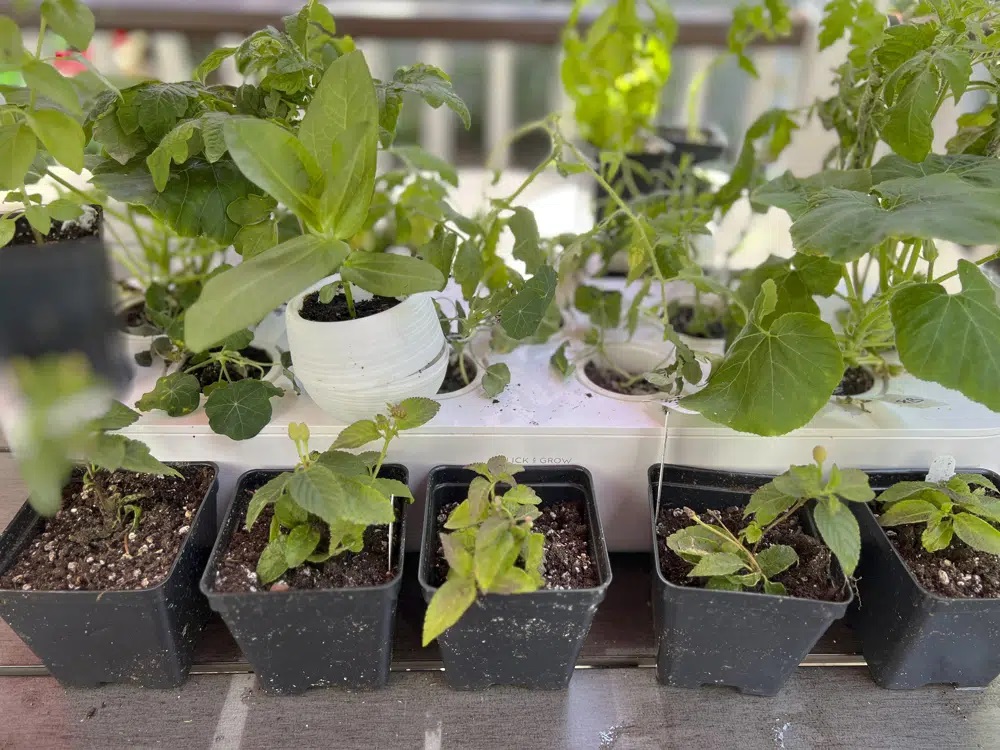- City Fajr Shuruq Duhr Asr Magrib Isha
- Dubai 05:44 07:02 12:29 15:27 17:50 19:08

It’s prime planting time in many regions, and gardeners are flocking to garden centers for annuals, and herb and vegetablestarter plants. Likewise, those who have grown plants from seeds indoors may be gearing up to transplant them in the garden now.
But regardless of their origins, seedlings can’t typically go straight from an indoor nursery or home growing station to outdoor beds and borders without risk. They need to be “hardened off” first.
The term refers to gradually introducing plants to environmental conditions like sunlight, wind and temperature fluctuations that they haven’t yet experienced. If plants aren’t adequately hardened off, they could get sunburned or go into shock from more wind exposure or lower temperatures than they’re used to.
Stressed plants may recover, but the ordeal usually sets their growth back by a few weeks.
Start by placing plants outdoors in a sheltered, partially shady spot for incrementally longer periods each day for about a week before planting them in the garden. Shade is important because even your sunniest window (or a grow light) is no match for the direct rays of the sun.
Select a day after the danger of frost has passed and when the temperature is above 45 degrees Fahrenheit. Place plants outside for an hour (set a timer), then bring them back inside to a warm spot, ideally under grow lights. Repeat this on the second day for two hours, and add an hour of outdoor time each day for a week, after which they can safely be planted in their permanent homes, whether in the ground, a raised bed or a container.
Check the weather and keep an eye on conditions throughout the process. Bring plants inside if rain or severe wind threatens during their outdoor time.
No worries if there’s no shade in your garden. I harden my plants off under my patio table. Under a tree, shrub or row of hedges would work equally well. If you have none of those, shade plants with an umbrella or floating row cover.
If absolutely necessary, and as long as the weather isn’t hot, you can even plant your seedlings directly in the ground and harden them by covering each individually with a plastic, gallon-size milk container with its bottom and cap removed. Burying the bottom in a few inches of soil will hold the container in place, and you can water plants through the pouring hole at the top.
Remove the container for each day’s hardening-off session, setting it back into place and securing it into the soil afterward. Be aware that high temperatures and intense, direct sunlight may “cook” your plants, especially in Southern gardens, so gauge conditions and use your judgment before attempting this.
If you started plants in a greenhouse, they’ve already been growing in direct sunlight, so the process is abridged: Open the windows for a few hours each day for about a week, then move seedlings to a sheltered outdoor spot for two hours the first day and four hours the second day. After that, they should be good to go.
![]() Follow Emirates 24|7 on Google News.
Follow Emirates 24|7 on Google News.